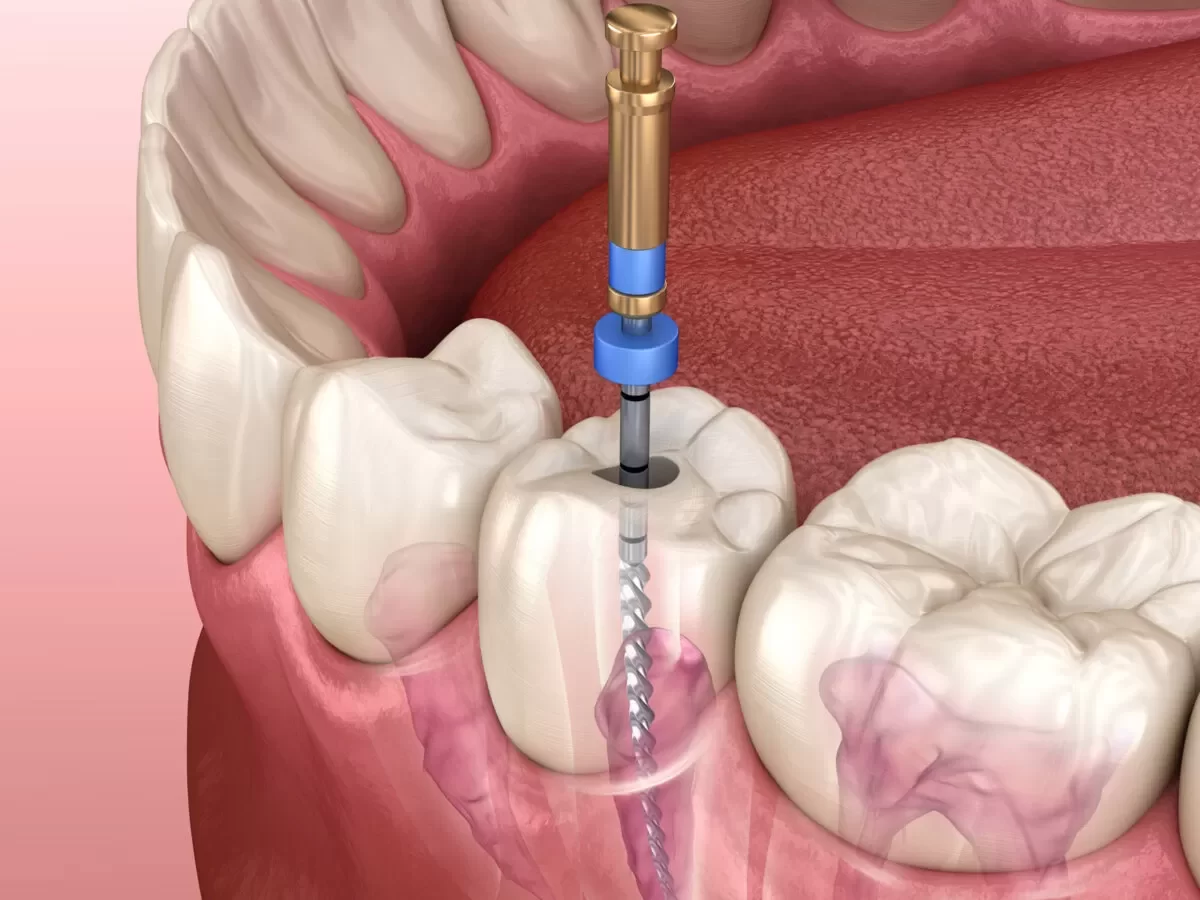
How Painful Is a Root Canal? What You Need to Know About Root Canal Treatment Pain
- 1. Understanding Root Canal Treatment
- 2. Why Root Canals Are Necessary
- 3. How Painful Is a Root Canal Procedure?
- 4. The Root Canal Treatment Process
- 5. Managing Discomfort During and After Root Canal Treatment
- 6. Real-Life Case Studies: Root Canal Experiences
- 7. Common Questions About Root Canal Pain
- 8. Post-Root Canal Recovery: What to Expect
- 9. When to Contact Your Dentist After a Root Canal
- 10. Dentistry Toothtruth Recommendations for Root Canal Care
1. Understanding Root Canal Treatment
A root canal is a dental procedure used to treat infection or damage to the nerve of a tooth. It is often recommended when the pulp (the soft tissue inside the tooth) becomes inflamed or infected. Despite its reputation, a root canal treatment is not usually as painful as people think, especially with modern dental techniques and anesthesia.
2. Why Root Canals Are Necessary
Root canals are necessary when a tooth’s pulp becomes infected or decayed, typically due to deep cavities, trauma, or cracks. If left untreated, the infection can spread to the surrounding bone and tissues, leading to severe pain, abscesses, and even tooth loss. The procedure removes the infected pulp and seals the tooth to prevent further infection.
3. How Painful Is a Root Canal Procedure?
Many people are apprehensive about root canals because of the perceived pain associated with the procedure. However, with modern advancements in dentistry, the root canal procedure is usually no more painful than getting a regular filling. Dentists use local anesthesia to numb the area and ensure that patients are comfortable throughout the process. While you may feel some pressure during the treatment, you should not experience severe pain.
It’s important to note that the pain you feel during a root canal is often associated with the infection or damage to the tooth, rather than the procedure itself. In fact, after the root canal, many patients report feeling relief from the pain they were experiencing before the procedure.
4. The Root Canal Treatment Process
The root canal procedure typically involves the following steps:
- Diagnosis: Your dentist will take X-rays and perform an examination to determine the extent of the damage or infection in the tooth.
- Anesthesia: Local anesthesia is administered to numb the area and keep you comfortable during the procedure.
- Tooth Access: The dentist will create a small hole in the top of the tooth to access the pulp chamber.
- Cleaning and Disinfection: The infected or damaged pulp is removed, and the interior of the tooth is thoroughly cleaned and disinfected.
- Sealing: After the tooth is cleaned, it is sealed with a rubber-like material to prevent further infection.
- Restoration: In most cases, a crown is placed over the treated tooth to restore its strength and appearance.
5. Managing Discomfort During and After Root Canal Treatment
While discomfort is minimal during the procedure, you may experience some mild soreness in the days following the treatment. Here are a few ways to manage discomfort:
- Pain Relief Medications: Over-the-counter pain relievers, such as ibuprofen, can help reduce any pain or swelling post-procedure.
- Cold Compress: Applying a cold compress to the outside of your cheek can alleviate swelling and numb the area.
- Avoiding Hard Foods: It’s best to avoid chewing on the treated side of your mouth until the tooth is fully restored with a crown.
If the pain persists beyond a few days, or if you notice severe swelling, contact your dentist immediately as these could be signs of complications.
6. Real-Life Case Studies: Root Canal Experiences
Take Jane, a 35-year-old woman who underwent a root canal last year. She had been experiencing sharp, throbbing pain in one of her molars, especially when chewing. After the procedure, she reported only mild discomfort for the first two days, and after a week, she was back to her normal routine. “I was worried it would be painful, but the process was quick, and the pain I had been dealing with for months was gone,” she said. Jane's case is a perfect example of how root canal treatment can offer relief from pain rather than cause it.
7. Common Questions About Root Canal Pain
Many patients have questions about root canal pain. Here are answers to some of the most common ones:
- Will I feel pain during the procedure? No, local anesthesia is used to numb the area, so you won’t feel pain during the procedure.
- How long will the pain last after the procedure? Mild discomfort is normal for a few days, but severe pain should not persist. If it does, consult your dentist.
- Is a root canal more painful than a tooth extraction? Most patients find a root canal procedure to be less painful than a tooth extraction.
8. Post-Root Canal Recovery: What to Expect
After a root canal, the majority of patients recover fairly quickly, with most returning to normal activities within a couple of days. It’s normal to have some tenderness in the treated area for up to a week. However, any severe pain, swelling, or fever should be addressed by your dentist, as these may indicate an issue with the procedure.
9. When to Contact Your Dentist After a Root Canal
If you experience any of the following after a root canal, contact your dentist immediately:
- Persistent or worsening pain
- Severe swelling or fever
- Discomfort that doesn't subside after a few days
10. Dentistry Toothtruth Recommendations for Root Canal Care
To ensure the best results from your root canal treatment, follow your dentist’s aftercare instructions carefully. Dentistry Toothtruth offers expert advice and resources for dental procedures, including root canals. For more information on root canal care or to schedule a consultation, visit Dentistry Toothtruth.







 Absolute Dental - Lake Mead4.0 (332 review)
Absolute Dental - Lake Mead4.0 (332 review) Root Modern Dentistry5.0 (112 review)
Root Modern Dentistry5.0 (112 review) Dental Solutions Market Street4.0 (576 review)
Dental Solutions Market Street4.0 (576 review) Dove Family Dentistry5.0 (658 review)
Dove Family Dentistry5.0 (658 review) Dentist of Paoli5.0 (21 review)
Dentist of Paoli5.0 (21 review) Thrive Dental Studio5.0 (120 review)
Thrive Dental Studio5.0 (120 review) The Importance of Oral Health Education During Pregnancy for a Healthy Pregnancy
The Importance of Oral Health Education During Pregnancy for a Healthy Pregnancy Best Tips for Brushing Your Teeth Properly for Healthy Gums: Essential Techniques for Oral Health
Best Tips for Brushing Your Teeth Properly for Healthy Gums: Essential Techniques for Oral Health Why Skipping Dental Checkups Can Lead to Bigger Oral Health Problems
Why Skipping Dental Checkups Can Lead to Bigger Oral Health Problems Advantages of Porcelain Dental Restorations
Advantages of Porcelain Dental Restorations How Can Diabetes Cause Tooth and Gum Problems? Preventing and Managing Oral Health Issues
How Can Diabetes Cause Tooth and Gum Problems? Preventing and Managing Oral Health Issues Healthy Habits for Promoting Good Oral Health and Hygiene: Tips for a Healthy Smile
Healthy Habits for Promoting Good Oral Health and Hygiene: Tips for a Healthy Smile